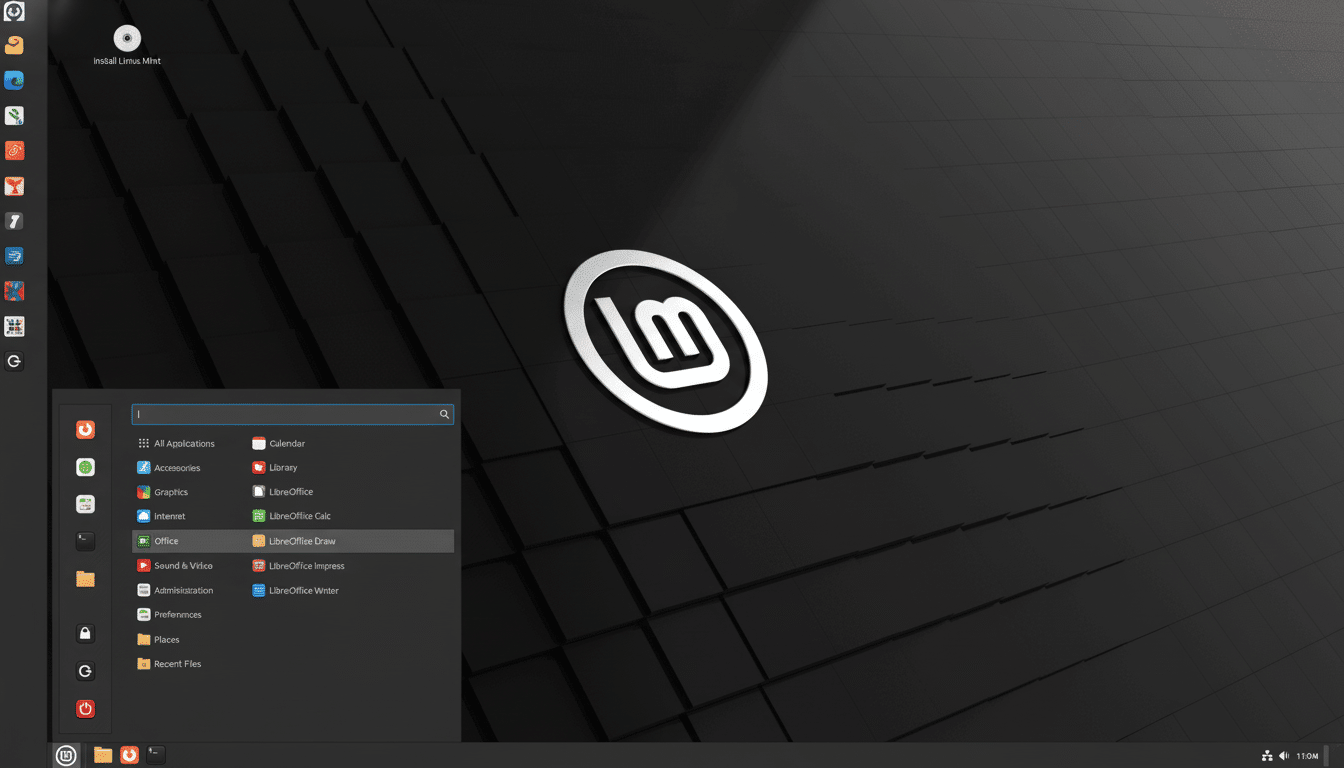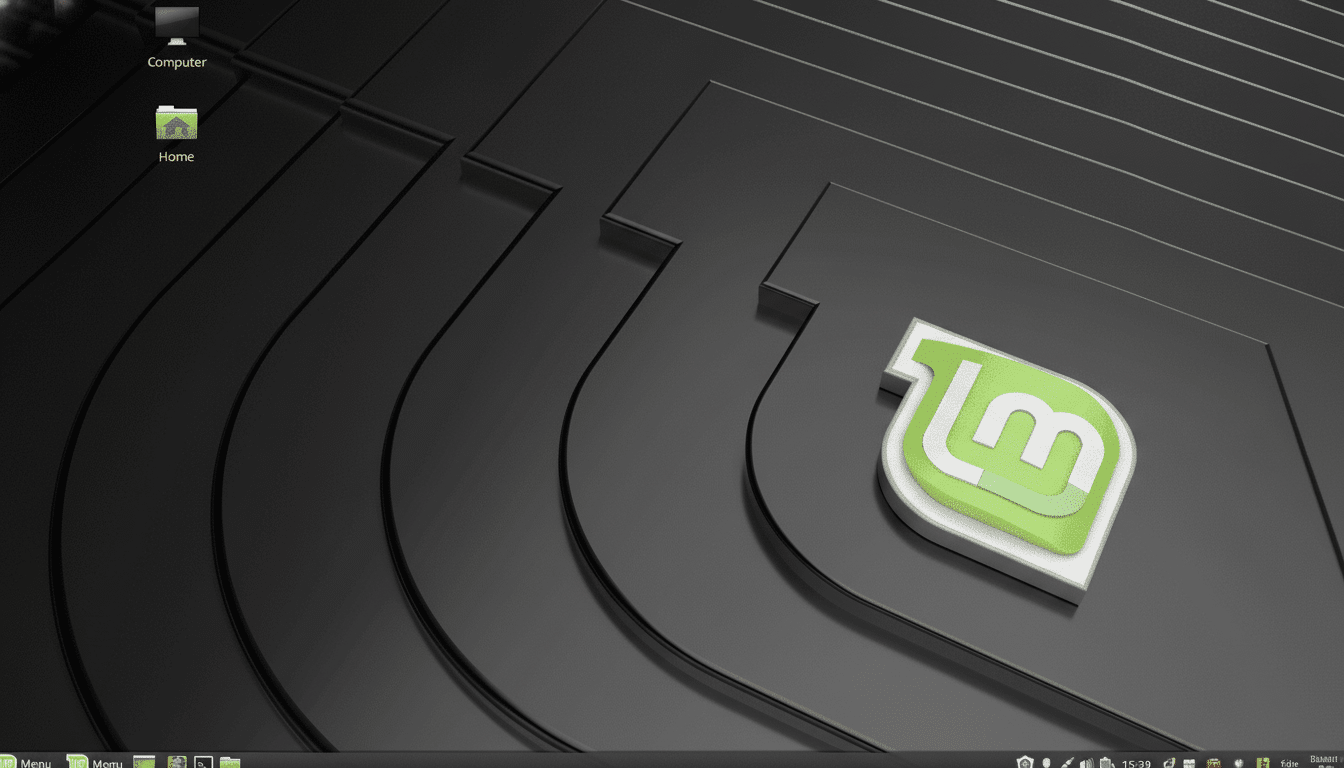New hardware deserves an operating system that unlocks it to its full potential. Not only do modern Linux distributions work just fine on the latest CPUs, GPUs, Wi‑Fi chipsets and NVMe drives—they frequently have the latest kernels, graphics stacks and firmware tools first. If you’ve just pulled your next ultra‑compatible, highly upgradable PC out of its box, these five distros are ideal for the perfect proliferation of performance, polish and ease that’s almost certain to follow.
Why now? The Linux kernel stabilizes every nine to ten weeks, and more recent kernels deliver the best‑ever device discovery, power management and I/O. The Linux Vendor Firmware Service has seen tens of millions of firmware updates across millions of machines since it was launched and continues to grow, making nice hardware Just Work™ without having to convince people to use the system76‑firmware branch from Git recovery mode or enable some random PPA that just happens to have a new enough version for your current device. Then you have the likes of Valve’s Proton for gaming, fast‑moving Mesa drivers both for AMD and Intel, and NVIDIA’s open kernel module stuff, and “Linux on new hardware” is a stronger story than it has ever been.
- What Makes a Distro Stand Out on New Hardware
- Bleeding‑Edge Gear: Garuda Linux for New Hardware
- Fedora Workstation for Polished, Up‑to‑Date Defaults
- Pop!_OS for Laptops, NVIDIA Cards and Hybrid GPUs
- CachyOS for Performance Tuners and Power Users
- Ubuntu LTS with HWE for Trouble‑Free Support
- Which Linux Distro Should You Install on New Hardware

What Makes a Distro Stand Out on New Hardware
Search for up‑to‑date kernels and graphics stacks, ready access to NVIDIA and AMD drivers, Wayland support that plays nicely with high‑refresh displays, and top‑notch firmware updating. HWE kernels from all major commercial vendors also bring newer kernels to long‑term releases. Note: a strong community and clear docs are also important—there’s nothing like getting fast answers when you set up a new laptop or desktop.
Bleeding‑Edge Gear: Garuda Linux for New Hardware
Garuda is Arch‑based and happily up to date. Rolling updates keep your kernel and Mesa stack up to date, with the new linux‑zen kernel option, working fast on multi‑core or high‑frequency modern CPUs/SSDs. It also defaults to Btrfs with transparent compression, and automatic snapshots mean you can undo a bad driver update in seconds—something of a safety net when working on brand‑new hardware.
In practice, that means day‑one support for many GPUs and peripherals, along with access to a wide software ecosystem. Enthusiasts flock to Garuda for a reason: performance hacks are turned up “out of the box,” not hidden in wikis.
Fedora Workstation for Polished, Up‑to‑Date Defaults
Fedora is near upstream; that means we get new kernels, Mesa, Wayland and PipeWire quickly, and an untampered GNOME experience. It routinely lands new graphics and audio stacks first, and—thanks to the heavy lifting already done in Ubuntu—fwupd support is present with next to no fuss. If you’re on NVIDIA, you rely on the community‑maintained RPM Fusion repositories for curated proprietary drivers.
Developers and creators love Fedora’s consistent SELinux defaults. Real‑world bonus: external monitors and high‑DPI laptops should both “just work” thanks to years of investment through the Fedora Project in making Wayland support more robust.
Pop!_OS for Laptops, NVIDIA Cards and Hybrid GPUs
Built by System76, Pop!_OS has a refined Ubuntu base OS with excellent desktop ergonomics and power management. There are NVIDIA and open‑source graphics ISOs, and the power daemon from System76 easily enables switching between integrated/dedicated GPUs on hybrid machines—which is necessary due to battery life demands on new hardware today.

Pop!_OS also invests in workflow speed: auto‑tiling, sensible defaults and hardware profiles that deliver particularly strong performance on System76 machines. Under development since its release, the company has been working on the COSMIC desktop, based on Rust, to deliver a modern and responsive UI stack designed for new hardware.
CachyOS for Performance Tuners and Power Users
CachyOS builds on an Arch core and adds optimization. You have options for various schedulers, with BORE and BMQ being tuned kernels you can select; you’ll find that they build for the x86‑64 microarchitecture (like the upcoming v3) and use link‑time optimization to extract a bit more out of newer CPUs. The results are snappy compile times and responsive desktops, as shown in community benchmarks and reports from testers.
It isn’t designed for strict beginners, but the guided installer and the CachyOS Hello app ease the on‑ramp. If you’ve stumped up for high‑end silicon and need something that makes the most of it, this is an excellent choice.
Ubuntu LTS with HWE for Trouble‑Free Support
These are long‑term support releases and are considered a safe bet for new users or busy pros. Pick the HWE kernel for newer kernels and graphics stacks on an LTS base; install your NVIDIA drivers in a few clicks using the Additional Drivers tool. Canonical’s Pro offerings—kernel livepatching and more—are available for those who want to relax with automated security maintenance.
The ecosystem and community are vast, and OEM partnerships mean that many laptops and desktops ship with Ubuntu‑friendly firmware or drivers. If you are looking for a hassle‑free, consistent setup on a new computer, then LTS with HWE is your go‑to.
Which Linux Distro Should You Install on New Hardware
- Choose Garuda if you want the latest kernels and built‑in rollbacks.
- Select Fedora for a well‑furnished, up‑to‑date desktop with a full range of tools.
- Go with Pop!_OS for hybrid‑GPU notebooks and a great NVIDIA experience.
- If you want per‑CPU optimization and a tuned scheduler, give CachyOS a try.
- Head to Ubuntu LTS with HWE when you prefer stability, lots of community support and simple driver handling.
One final data point: Linux gaming and creator workflows are no longer fringe. Valve’s hardware survey (this story is based on data that didn’t appear in my monthly game‑ready articles), for example, has continued to depict Linux usage as resting in the low single digits, a number that ticked up slightly on the success of Steam Deck, while Mesa’s fast cadence has closed performance gaps up and down new GPU lines. Long story short: if you’ve just purchased a new PC, Linux has you covered—and these are the distros that demonstrate it best.

